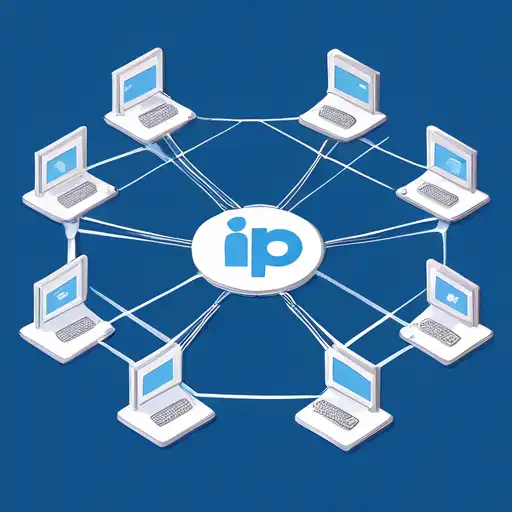Introduction to IP Addresses
In the vast world of networking, understanding IP addresses is fundamental. An IP (Internet Protocol) address is a unique identifier assigned to each device connected to a network. This allows devices to communicate with each other over the internet or local networks. In this guide, we'll explore the basics of IP addresses, their types, and how they function in the digital ecosystem.
What is an IP Address?
An IP address is a numerical label assigned to each device participating in a computer network that uses the Internet Protocol for communication. It serves two main functions: identifying the host or network interface and providing the location of the host in the network.
Types of IP Addresses
There are two primary versions of IP addresses in use today:
- IPv4 (Internet Protocol version 4): The most widely used version, consisting of four numbers separated by dots (e.g., 192.168.1.1).
- IPv6 (Internet Protocol version 6): Developed to deal with the exhaustion of IPv4 addresses, it uses a more complex format (e.g., 2001:0db8:85a3:0000:0000:8a2e:0370:7334).
How IP Addresses Work
When you type a website address into your browser, your device uses DNS (Domain Name System) to translate the domain name into an IP address. This IP address is then used to route your request through the internet to the server hosting the website. The server responds by sending the requested data back to your device's IP address.
Public vs. Private IP Addresses
IP addresses can be categorized as public or private:
- Public IP Addresses: Assigned by your ISP (Internet Service Provider), these are unique across the entire internet.
- Private IP Addresses: Used within private networks (e.g., home or office networks), these are not routable on the internet.
Dynamic vs. Static IP Addresses
IP addresses can also be dynamic or static:
- Dynamic IP Addresses: Assigned by the network when a device connects and can change over time.
- Static IP Addresses: Manually configured and remain constant, ideal for servers or hosting services.
Why Understanding IP Addresses is Important
Grasping the concept of IP addresses is crucial for troubleshooting network issues, setting up a home network, or delving into more advanced networking topics. It's the foundation upon which the internet and local networks operate.
Conclusion
IP addresses are the cornerstone of network communication, enabling devices to identify and locate each other on a network. Whether you're a budding IT professional or just curious about how the internet works, understanding IP addresses is a step towards mastering networking basics. For more insights into networking, check out our guide on Networking Basics.
